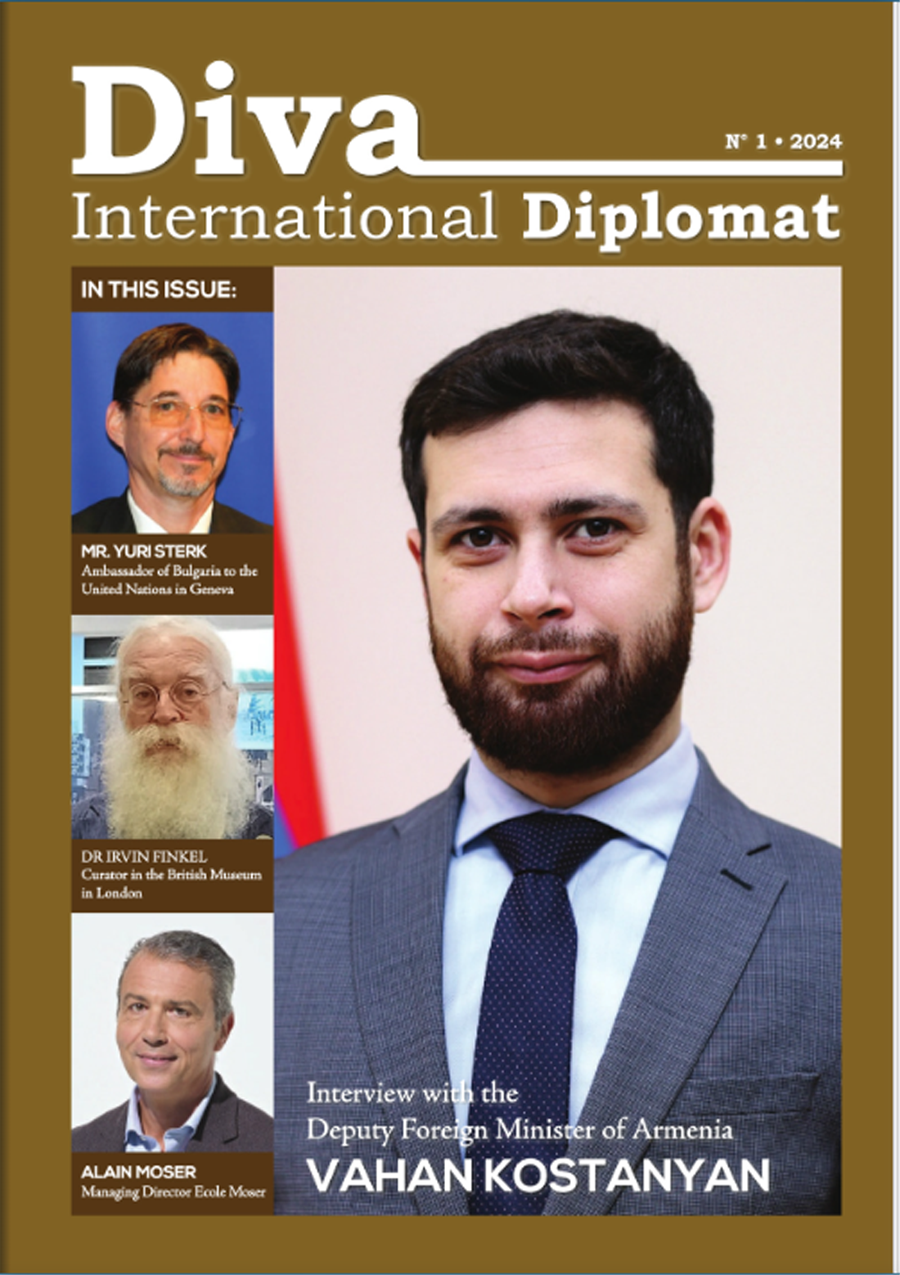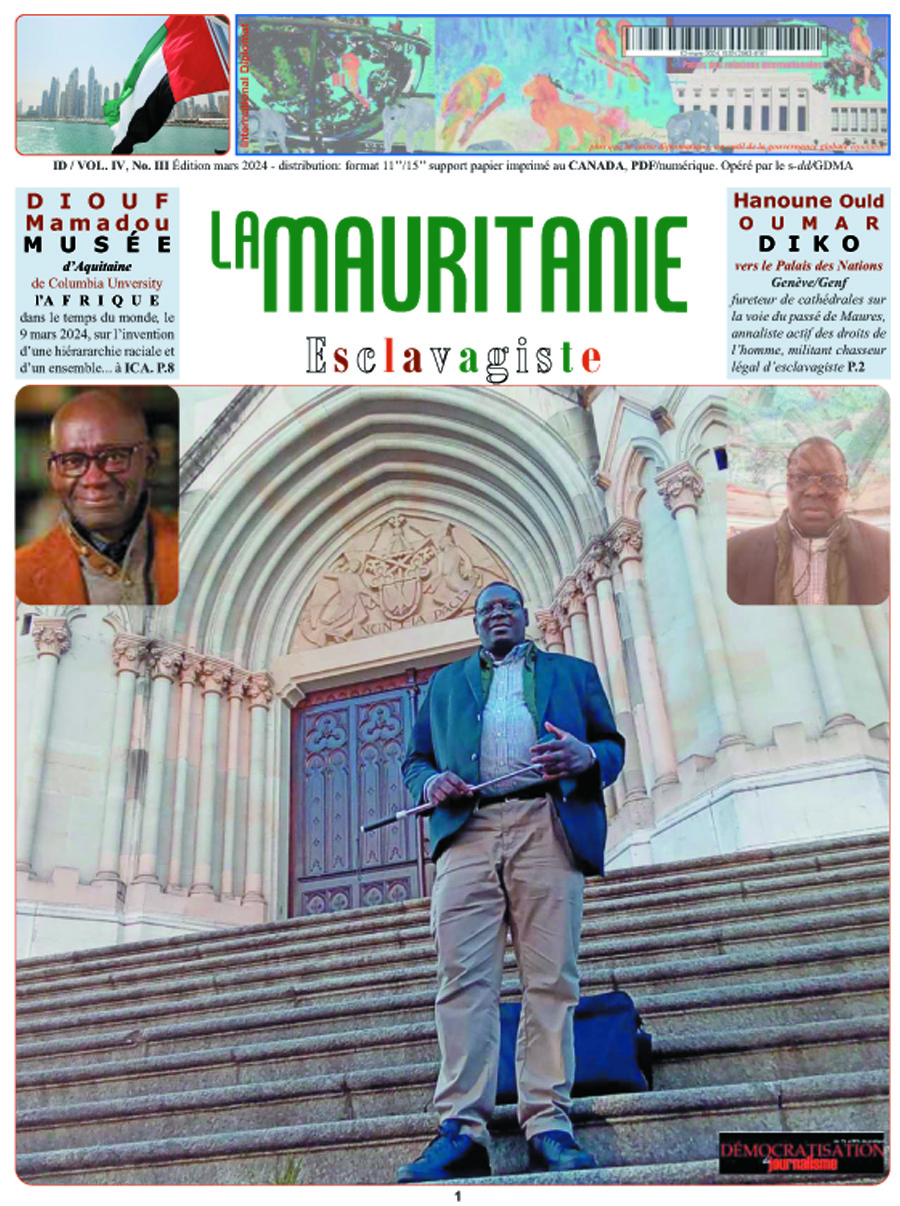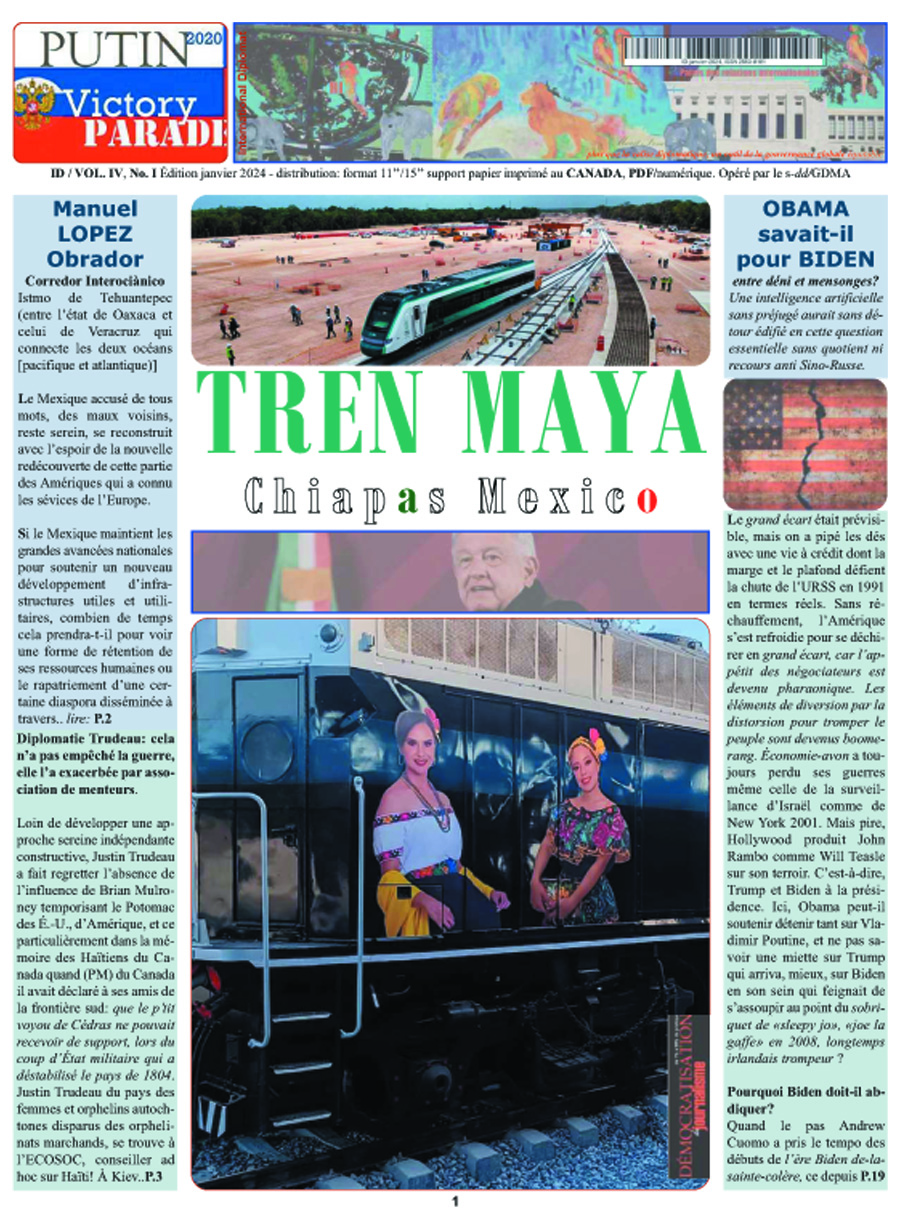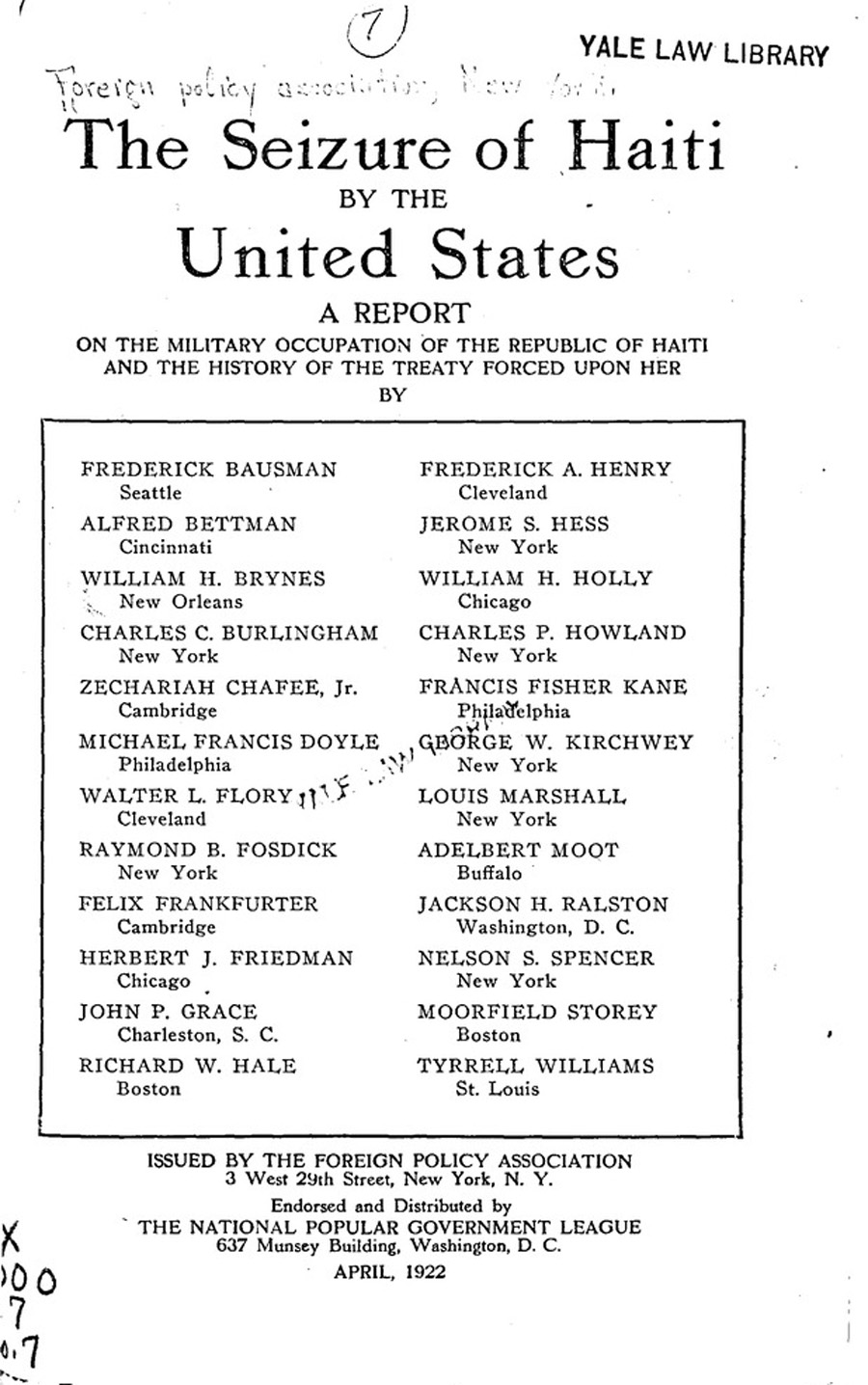The humble mosquito has been one of the greatest mass murderers known to mankind. Malaria and dengue fever are just two of the most commonly known mosquito-borne diseases that have claimed many lives. But, in December 2006, some of Taiwan’s brightest doctors and scientists went into battle against another lethal virus.
In December 2006, an outbreak of Rift Valley fever (RVF) was reported in Garissa, the capital city of Kenya’s North-Eastern Province. Rift Valley fever is, according to the World Health Organization (WHO), mainly an animal virus that sometimes affects humans. The virus is transmitted from infected mosquitoes to livestock, and then onto humans.
The case immediately caught the attention of international organizations, such as the Red Cross, WHO, World Food Programme and Doctors Without Borders. The global organization of epidemiologists TEPHINET — Training Programmes in Epidemiology and Public Health Interventions Network — contacted all its members and asked for their help, including Taiwan.
While Taiwan had carried out medical missions before, this was the first time it was able to participate in an international mission as an equal partner with other countries. The nation’s medical specialists were summoned to fight the RVF outbreak because of the experience they had acquired in dealing with severe acute respiratory syndrome (SARS) in 2003.
Taiwan International Health Action (TaiwanIHA), an organization providing medical assistance to developing countries, kept a close watch on the development of the disease in Kenya. On 18 December 2006, Dr. Chen Hou-chaung and several other medical specialists were sent to Kenya to find out in what way Taiwan could help. TaiwanIHA accomplished this by contacting personnel from organizations such as the United States Centers for Disease Control and Prevention (USCDC), local health authorities and international health organizations.
« TaiwanIHA is a professional organization, not a charity, » said Chen, an orthopaedist who had served at the Central Hospital of Mzuzu, Malawi, from 2004 to 2006. « I made some careful preliminary assessments of the situation there based on my professional experience. »
Chen had previously travelled to Indonesia to assess the medical needs of survivors from the tsunami of 26 December 2004. Chen identified two goals for TaiwanIHA’s operation in Kenya: l prevention of the disease; l and gathering scientistwho had experience with SARS, which is similar to the RVF virus in that both had no cure and were transmitted by infected mosquitoes.
« I found that, even with the help of some of the top scientists and medical experts sent by international organizations, they also needed more epidemiologists and biologists to carry out further research into the virus that caused the epidemic, » Chen added.
On 25 December 2006, Chen personally visited the contaminated area of Garissa, close to the border of Somalia, with a population of about 350,000. Most of the people were Somali nomads who lived and slept with their livestock. Chen found that the local hospital had a shortage of isolation wards, preventive gowns, sanitation programmes, informational data and laboratories.
Chen sent a message back to Taipei with a list of needs and a warning about an on-going civil war between rebels and government troops in nearby Somalia. A task-force was immediately formed. Chen informed the Department of Health, which promptly requested its Centers for Disease Control and Prevention to assemble a list of qualified experts.
The lead doctor was Ho Bin-sheng, a family physician with experience in co-ordinating scientists from different fields. He was recommended to take charge due to his fluency in English and enthusiasm in serving rural communities.
A team of three biologists was appointed for laboratory work attempting to analyze the disease, conduct tests and writing reports: Yang Jyh-yuan, Yang Chen-fu and Huang Jyh-hsiung. Among them, Yang Chen-fu was recently recruited after working for eighteen years with the USCDC. Jiang Dah-shyong, a specialist in dengue fever, headed the epidemiology team. Chuang Ren-hsiang, a chief intelligence officer, and Huang Ji-jia, a specialist in parasites and mosquitoes, were also recruited. Hung Min-nan, in charge of infection control, proved critical in providing appropriate treatment to RVF patients. The team’s mission and destination were clearly defined, and equipment, medication and staff were made ready for deployment to Kenya for three weeks.
By 12 January 2007, however, the disease had already taken more than 130 lives. On 14 January, the mission led by Ho reached Nairobi, the capital city of Kenya, where the USCDC had set up a mobile laboratory. The three biologists in the mission became involved in lab work as soon as they arrived.
« By the time we got to Garissa, roughly 400 or 500 kilometres away from Nairobi, the disease was actually at its highest point, » said Ho. « It was also when the international operation needed us the most. » The mission treated patients in Garissa Provincial Hospital and worked with local doctors, as well as specialists from France, the United States and Canada. WHO and North-Eastern Provincial Medical Office — the main local agency — co-ordinated meetings of all the international health organizations involved in the effort. It was an opportunity for Taiwan’s doctors to collaborate with their counterparts from around the world.
The three biologists worked in the mobile lab trying to find a cure for RVF. According to a 2007 TaiwanIHA report, a new vaccine called MP-12 had been developed by the U.S. military, but had not been tested or approved by the Food and Drug Administration. Yang Jyh-yuan and two other colleagues volunteered to be injected with the vaccine, risking their lives as human guinea-pigs. Ho pointed out that working in a laboratory like the one in Nairobi posed additional threats to the health of the three biologists, because they could be exposed to other viruses.
Huang Ji-jia, who specialized in parasites, ventured out into the swamps to carry out fieldwork. Back in Garissa, he shared his knowledge of vector control — in other words, how to exterminate mosquitoes. Huang trained local medical workers in basic protection techniques against the insects, such as using pesticides.
For most of the team members, living in Garissa was a challenge. Jenkins Liu, a correspondent from Taiwan’s Central News Agency stationed in Johannesburg, wrote about the operation on 27 January: « The sanitary conditions in the city were appalling. The members of the mission were staying at a ’five-star hotel’, and it probably was — at least in the eyes of local people. However, once you stepped into the room, you would find bugs, beetles, flies and mosquitoes crawling on the floor or flying around. » Many people in the area lacked televisions or access to newspapers, so, according to the CNA report, local health authorities took over the public address systems of mosques. From the mosques, loudspeakers broadcasted information about the disease. Announcements provided the latest news, explained methods to improve personal hygiene and encouraged infected people to check into hospitals.
Local-level co-operation was critical to the success of the mission, and Ho spoke highly of the North-Eastern Provincial Public Health Office: « Without their help, nothing could have been done, » he said.
Thanks to the combined efforts of international health agencies, the fever was contained to Eastern Africa and did not escalate into a full-blown epidemic spreading across the entire continent. Although no definitive cure for the fever has been found, the experimental vaccine MP-12 showed limited success in its preliminary trials.
Lin Ding, the deputy director-general of the CDC in Taiwan, concluded that the medical mission to Kenya was significant. He pointed out that it was the first time that Taiwan has ever sent a medical mission to work with WHO and other international organizations.
The Kenyan government praised Taiwan’s prompt response, according to a 2007 TaiwanIHA report. The way in which the USCDC welcomed TaiwanIHA’s contributions in the mobile lab was also a significant step toward Taiwan becoming more of a partner in global health, which grows ever more important in an age where epidemics know no borders and can strike anywhere.
Write to Alexander Chou at alexchou@mail.gio.gov.tw





